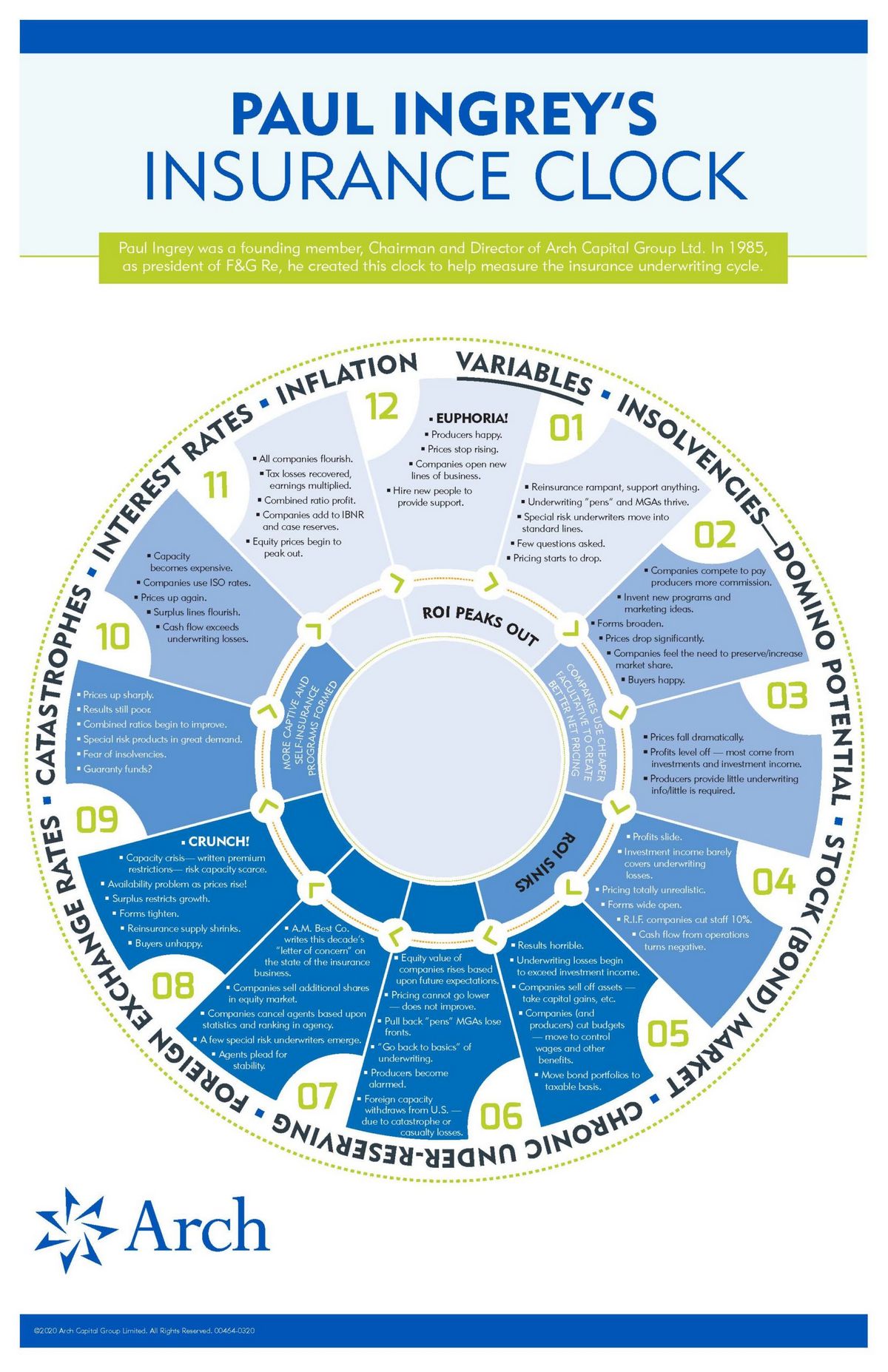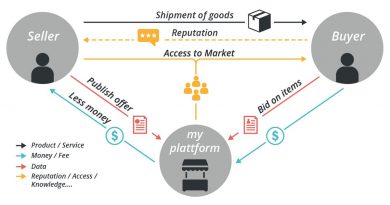Underwriting Cycle What it is How it Works Managing it

Contents
Underwriting Cycle: What it is, How it Works, Managing it
What Is an Underwriting Cycle?
The underwriting cycle refers to fluctuations in the insurance business over a period of time. A typical underwriting cycle spans a number of years, as market conditions for the underwriting business go from boom to bust and back. An underwriting cycle is also known as an "insurance cycle."
Key Takeaways
- The underwriting cycle refers to fluctuations in the insurance business over time.
- The fluctuations in the underwriting cycle consist of market conditions that go from a boom to a bust cycle and back.
- The underwriting cycle starts with many competitors and low premiums, then after a surge in claims and insurance company insolvencies, competition declines and premiums go up.
- After this period, new entrants enter the market, increasing competition, resulting in a reduction in premiums and the underwriting cycle starts again.
- The underwriting cycle is one of the biggest challenges that insurance companies face and they constantly try to manage it.
Understanding an Underwriting Cycle
The underwriting cycle represents the ebb and flow of business between soft and hard insurance markets. At the beginning of an underwriting cycle, business is soft due to increased competition and excess insurance capacity, resulting in low premiums. Then, a natural disaster or other event leads to a surge in insurance claims, driving lesser-capitalized insurers out of business.
Decreased competition and lower insurance capacity lead to better underwriting conditions for surviving insurers, enabling them to raise premiums and post solid earnings growth. As insurance claims are paid off and the tide of new claims subsides, insurance companies slowly return to profitability. New insurance companies then enter the market, offering lower premiums and looser requirements than existing companies. The existing companies are then compelled to loosen their requirements to stay competitive, and the insurance cycle starts all over again.
The underwriting cycle perpetuates because a majority of insurance companies place short-term gains over long-term stability, selling insurance without concern for what happens when the soft market ends. The only way to effectively regulate or insulate an insurance company against the effects of the insurance cycle is to ignore short-term profitability and focus on saving capital. An insurance company may also consider establishing limits and setting money aside in a "rainy day" account. Disciplined efficiency can have a considerable effect on a firm’s financial stability and long-term business prospects.
Managing an Underwriting Cycle
As with most business cycles, the underwriting cycle is difficult to eliminate. The concept has been understood since at least the 1920s and has since been treated as a core concept in the industry. In 2006, insurance giant Lloyd’s of London identified managing this cycle as the top challenge facing the insurance industry and published a report based on a survey of more than 100 underwriters about industry issues. Steps to manage the insurance cycle were identified in response to the survey.
Most insurance industry watchdog organizations believe that underwriting cycles are inevitable due to the inherent uncertainty of matching insurance prices to future losses. Unfortunately, the industry as a whole is not responding effectively to the challenges the underwriting cycle brings. The underwriting cycle affects all types of insurance except life insurance, where there is enough information to minimize risk and reduce its effect.



